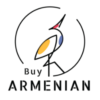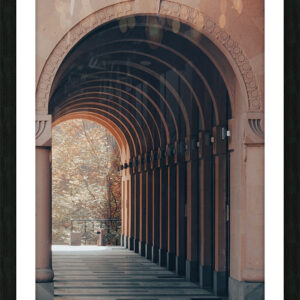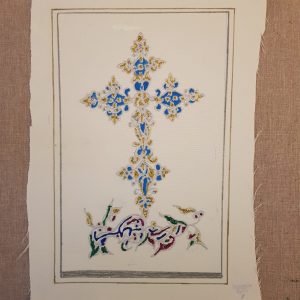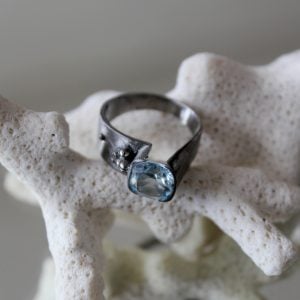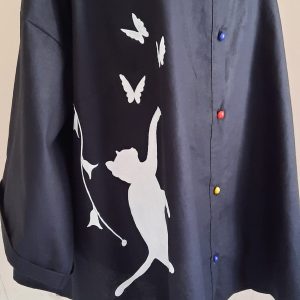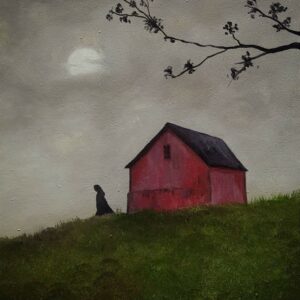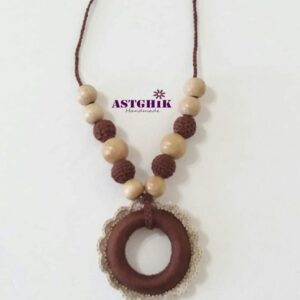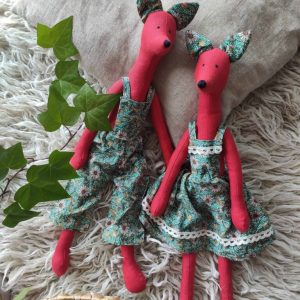-
Arch Framed Print
size: 28 x 41 cm
$90.00 Buy 5 to get 10% discountArch Framed Print
$90.00 Buy 5 to get 10% discount -
Armenian Cross
Batik. Painting on the textile. Armenian cross.
$24.00$28.00Armenian Cross
$24.00$28.00 -
“Eisberg” Black Rhodium Silver Ring
Ring ” Eisberg” black rhodium plated 925 sterling silver
$120.00$150.00“Eisberg” Black Rhodium Silver Ring
$120.00$150.00 -
-
Cotton Long Sleeve
100% բամբակյա գործվածքից կարված վերնաշապիկ։
Նկարված է ձեռքով, աքրիլային կայուն ներկերով, որը կարելի է լվանալ և արդուկել։$100.00Cotton Long Sleeve
$100.00 -
Sterling Silver Armenian Duduk Pendant
A wonderful gift to music lovers or musician.
$29.00 -
-
-
Crochet Necklace
Original necklace in brown and beige colors, croched by me.
$22.00Crochet Necklace
$22.00 -
-
-
“Yerevan Love” Scarf
Inspired by the city of Yerevan and the love each and every Armenian feels for the city.
The history of Yerevan dates back to the 8th century BCE, with the founding of the fortress of Erebuni in 782 BCE by King Argishti I at the western extreme of the Ararat plain. Erebuni was “designed as a great administrative and religious centre, a fully royal capital.” By the late ancient Armenian Kingdom, new capital cities were established and Yerevan declined in importance. Under Iranian and Russian rule, it was the center of the Erivan Khanate from 1736 to 1828 and the Erivan Governorate from 1850 to 1917, respectively. After World War I, Yerevan became the capital of the First Republic of Armenia as thousands of survivors of the Armenian genocide in the Ottoman Empire arrived in the area. The city expanded rapidly during the 20th century as Armenia became part of the Soviet Union. In a few decades, Yerevan was transformed from a provincial town within the Russian Empire to Armenia’s principal cultural, artistic, and industrial center, as well as becoming the seat of national government.
With the growth of the Armenian economy, Yerevan has undergone major transformation. Much construction has been done throughout the city since the early 2000s, and retail outlets such as restaurants, shops, and street cafés, which were rare during Soviet times, have multiplied. As of 2011, the population of Yerevan was 1,060,138, just over 35% of Armenia’s total population. According to the official estimate of 2016, the current population of the city is 1,073,700. Yerevan was named the 2012 World Book Capital by UNESCO.[28] Yerevan is an associate member of Eurocities.$110.00
